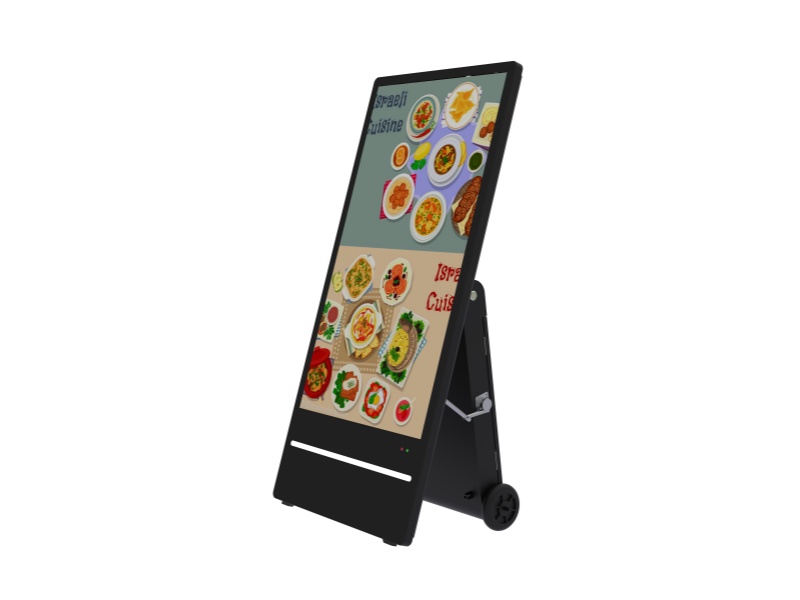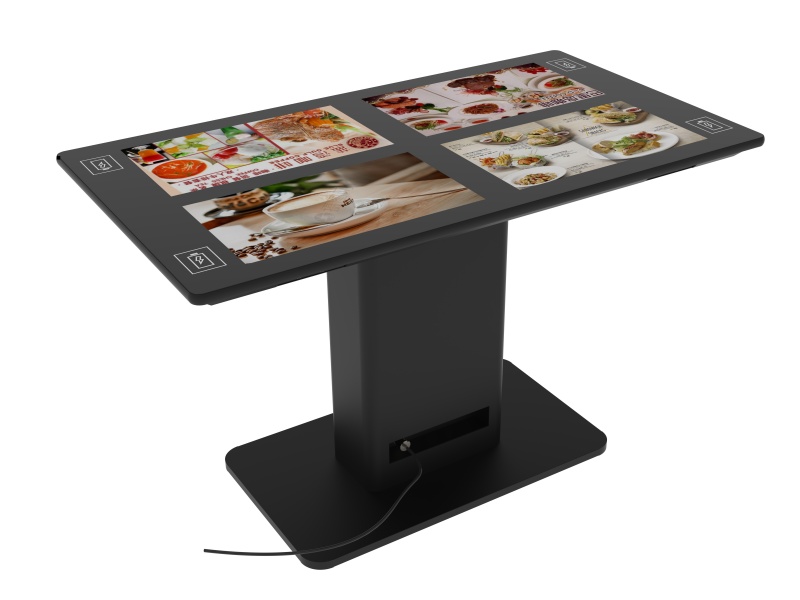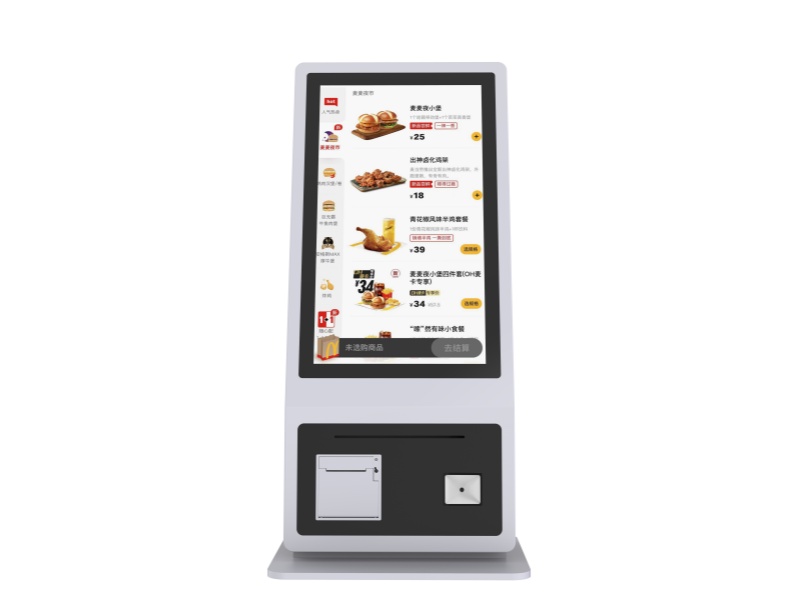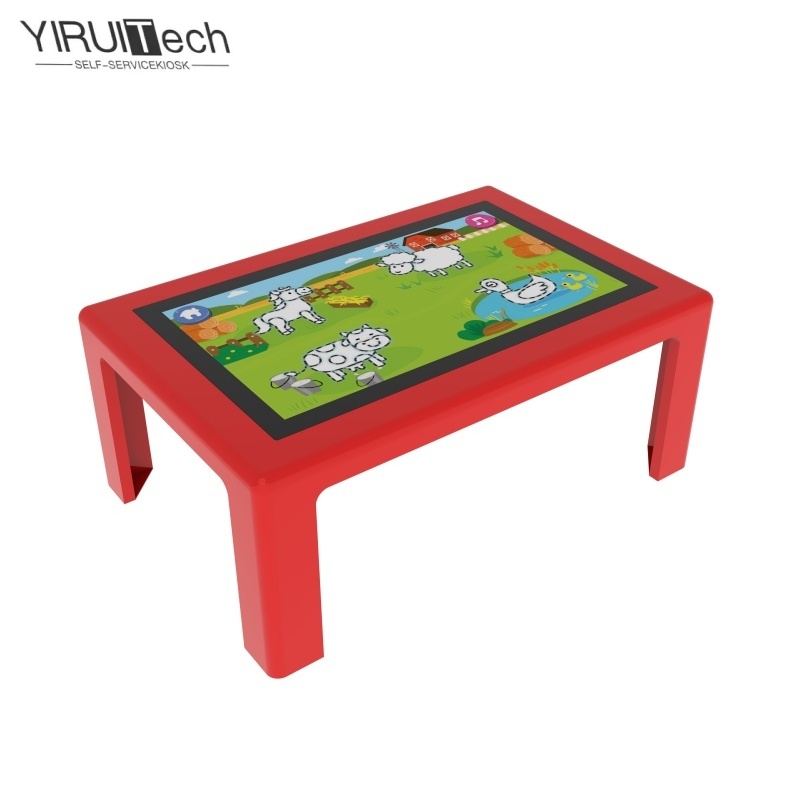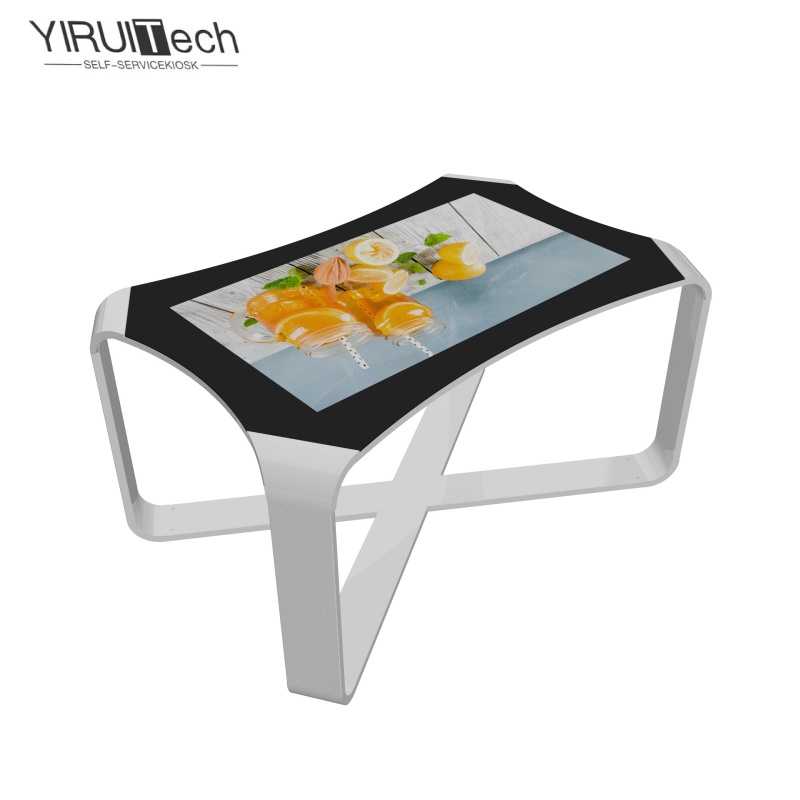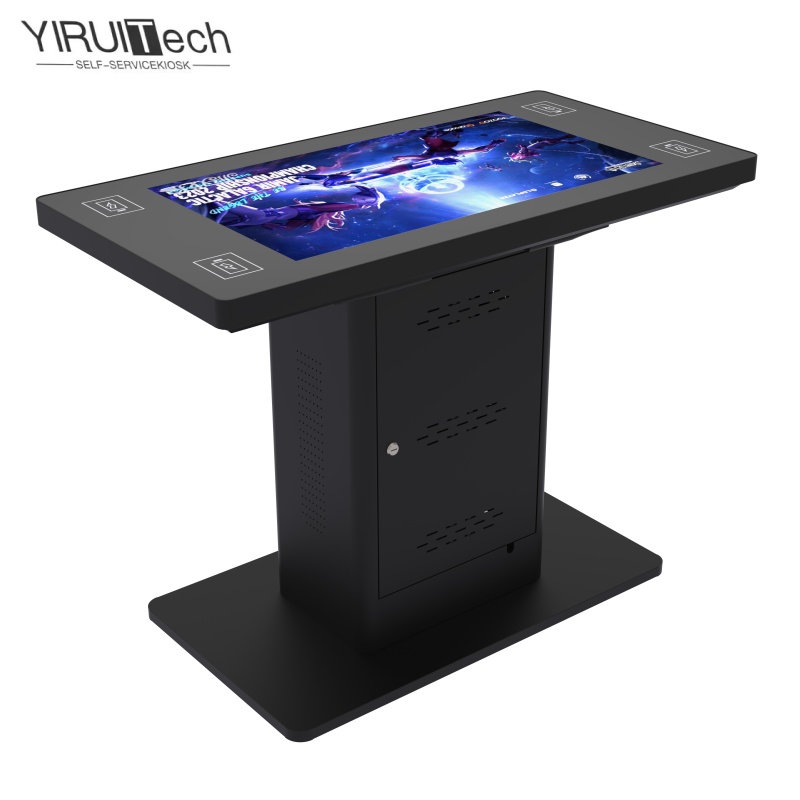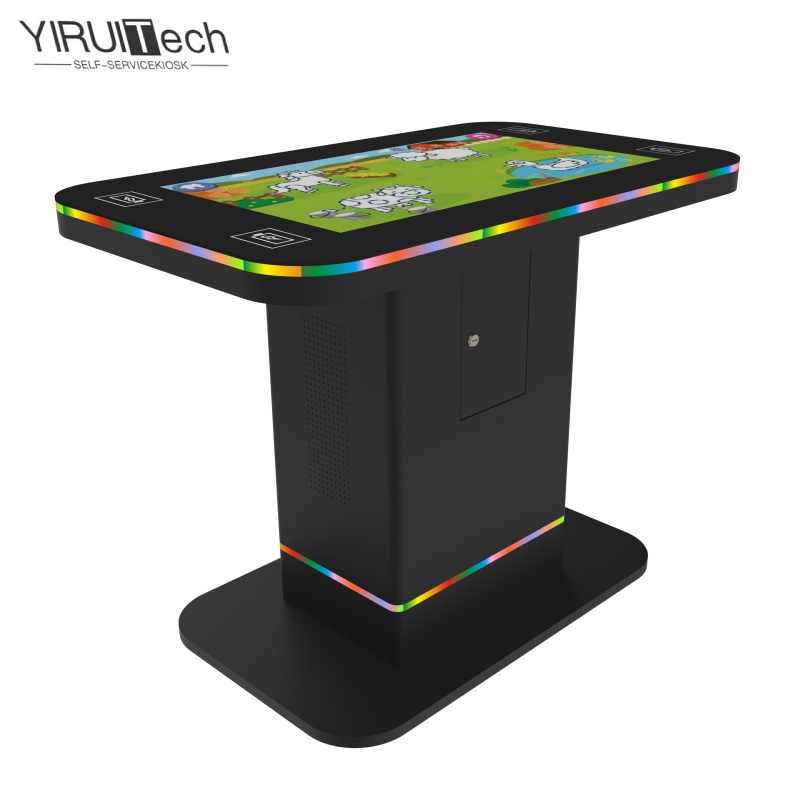Screens light up our world from the moment we step out the door. Think of the mall entrance glowing with sales, the airport gate showing flight updates, or a café menu that seems to shift with the time of day. These displays don’t just share info, they shape how we see brands, choose meals, navigate cities, and discover what’s new. Digital signage blends into all these moments, making business communication feel natural and immediate.
Defining Digital Signage
Digital signage is any electronic display that shows information, ads, or interactive content to people in public spaces. The most common formats you’ll see include bright LED screens, video walls made of giant TVs, and interactive touch kiosks.
Walk into a crowded fast food spot and the digital menu above the counter grabs your attention, rotating specials faster than a paper sign ever could. In a tech store, video walls show off the latest gadgets in high resolution. At a museum, touchscreen kiosks turn a simple visit into a hands-on experience.

Photo by Terrance Barksdale
Digital signage stands out because it keeps content fresh, bold, and always in motion.
How Digital Signage Works in Modern Business
The secret sauce is a simple setup—a digital screen, a media player (kind of like a mini computer), and content management software where updates happen. The software lets a manager control what shows up on every screen. Once the schedule is set, content appears instantly to passersby.
Companies use these tools for branding, sharing news, or alerting guests to daily deals. It’s like giving every store, hotel, or station a living noticeboard that never sleeps.
Types of Content Displayed
Digital signage spits out content tailored to each business:
- Menus and promos: Fast food chains update prices and highlight meal deals.
- Ads: Retailers roll out flash sales or new product lines.
- Event schedules: Hotels and venues switch up calendars for meetings and events.
- Live news feeds: Airports post real-time departures, weather, and alerts.
A bank lobby might show financial tips, while a university posts class schedules. What’s on screen changes, but the goal remains the same: reach people with spot-on, up-to-date messages.
Industries Using Digital Signage
Many fields count on digital signage to connect fast:
- Retail: Promotions, store maps, or in-window displays attract shoppers.
- Hospitality: Hotels show check-in details, event updates, or local guides.
- Healthcare: Clinics use digital boards for directions and appointment times.
- Transport: Airports and train stations display departures and delays in real time.
- Education: Schools and colleges share news, class events, and emergency updates.
The screens meet people wherever they are—at a food court, waiting room, arrivals lounge, or classroom.
Benefits of Digital Signage for Business
Growing businesses see real perks with digital signage:
- Customer engagement: Animated screens catch eyes more than static posters.
- Cost savings: Swap out expensive prints for digital slideshows—no wasted paper.
- Speed: Instantly update prices, safety alerts, or product launches at any time.
- Brand strength: Keep a consistent, lively look across stores and platforms.
For example, a retailer can promote flash sales across every branch in seconds. A hospital updates waiting times and health tips right where patients sit. This instant info helps people feel informed, connected, and ready to act.
Challenges and Tips for Success
Digital signage isn’t magic—it takes effort to get it right. The upfront investment can be steep, especially for lots of screens. Tech hiccups sometimes leave displays blank or frozen. Stale content drives people away.
To get the most from digital signage:
- Keep messages short: People look for seconds. Say what matters, fast.
- Use bright, bold visuals: Go for large fonts, contrasting colors, and crisp images.
- Update content often: Rotate the schedule daily or weekly to keep it fresh.
- Test before launch: Preview screens for sizing, readability, and timing.
A little care keeps your displays sharp, snappy, and ready to serve.
Conclusion
Digital signage turns everyday spaces into places that buzz with life and story. It’s more than a screen—it’s a tool for sharing news, building brands, and keeping up with change. Businesses that use digital signage well don’t just pass along info, they create an experience people look forward to every day.

